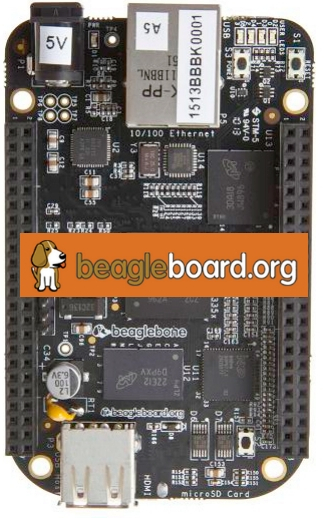

|
Madison Section NewsletterNewsletters are archived online at http://ieee-msn.truenym.net/news.html. |
| Vol. 18, No. 7 | Serving IEEE Members of South Central Wisconsin | July 2015 |


ECN
Meeting at Sector67: Chris Meyer gave
a very informative presentation on rapid prototyping and
showcased many of the available tools at Sector67 that can
be used for the process. Chris used a simple circuit
example (a 555 timer with LEDs that blink on an off) to
demonstrate the process. All of the tools he
demonstrated were Open-Source, starting with the KiCad
schematic capture and layout tools. Chris then took
us through preparing a CNC routing file generation procss
that produced the routing information to have a
single-sided PC board routed on a CNC Mill. The
final step was to drill holes in the PC board -- Chris
demonstrated a home-made PC drill that was quite
accurate. Drilling accuracy was improved by having
the CNC process start a small pilot hole. One of
the neat aspects of Rapid Protyping is to have the board
layout dimension transferred to 3D design software for a
case/box to house the device. Chris showed two ways
to make a box: 3D printing (very slow) and laser cut
"stackable" pieces. The laser cutting process was
much faster. End result: A professional
looking product prototype for concept evaluation.

June
IEEE-MSN Section Meeting: Our
June Section meeting featured a talk by Madison Section
Member-at-Large Clark Johnson on long-term data
storage. People think of “cloud” data storage as
forever, but modern data storage media are not that
long-lived. Most of the data resides on disk drives
that run and consume energy all the time. The
amount of data being saved to remote services (i.e. the
“cloud”) is staggering. Storage accounts for 6% of
electricity use, and the rate of increase is 60%.
For true long-term storage, you should be able to put the
media in a drawer at room temperature and leave it forever
with out maintenance or energy. The reading and
writing process should be simple enough that it doesn’t
require saving and maintaining the reading equipment.
Johnson’s storage system stores data using colors printed on
gorilla glass, the thin, tough glass used in iPhones.
There are 12 colors and 5 levels of amplitude, for an
alphabet size of 60. The encoding is similar to I/Q
QAM, except the axes are color and amplitude.

Ideally we would shine white light on the plates and receive
monochromatic light. In practice, the system detects
the light with an RGB sensor. The amplitudes of R, G,
and B are different enough from color to color to provide a
high SNR at the 60 symbol “constellation diagram”. One
immediate use for this is a plate with the data from a
mobile phone’s BIOS or other critical files. A phone
is capable of reading the slides with its camera. It can
compare the data on the slide with the a critical
file. A hacker may have changed a file in software,
but the users can trust the slide did not get changed
without their knowledge.
 The Institute of Electrical and
Electronics Engineers or IEEE (read Eye-Triple-E) is an international
non-profit, professional organization dedicated to advancing
technology innovation and excellence for the betterment of humanity.
IEEE and its members inspire a global community through IEEE's highly
cited publications, conferences, technology standards, and
professional and educational activities. It has the most members of
any technical professional organization in the world, with more than
300,000 members in around 150 countries. The IEEE consists of 38
societies, organized around specialized technical fields, with more
than 300 local organizations that hold regular meetings. Discover what
IEEE Member Discounts can offer you. The Member Discounts portfolio
consists of insurance products and programs for the home, office and
travel, all at excellent group rates and reduced pricing. Visit IEEE
Member Discounts to see what’s available in your location and enjoy
the savings. For more information, please visit: IEEE.ORG.
The Institute of Electrical and
Electronics Engineers or IEEE (read Eye-Triple-E) is an international
non-profit, professional organization dedicated to advancing
technology innovation and excellence for the betterment of humanity.
IEEE and its members inspire a global community through IEEE's highly
cited publications, conferences, technology standards, and
professional and educational activities. It has the most members of
any technical professional organization in the world, with more than
300,000 members in around 150 countries. The IEEE consists of 38
societies, organized around specialized technical fields, with more
than 300 local organizations that hold regular meetings. Discover what
IEEE Member Discounts can offer you. The Member Discounts portfolio
consists of insurance products and programs for the home, office and
travel, all at excellent group rates and reduced pricing. Visit IEEE
Member Discounts to see what’s available in your location and enjoy
the savings. For more information, please visit: IEEE.ORG.